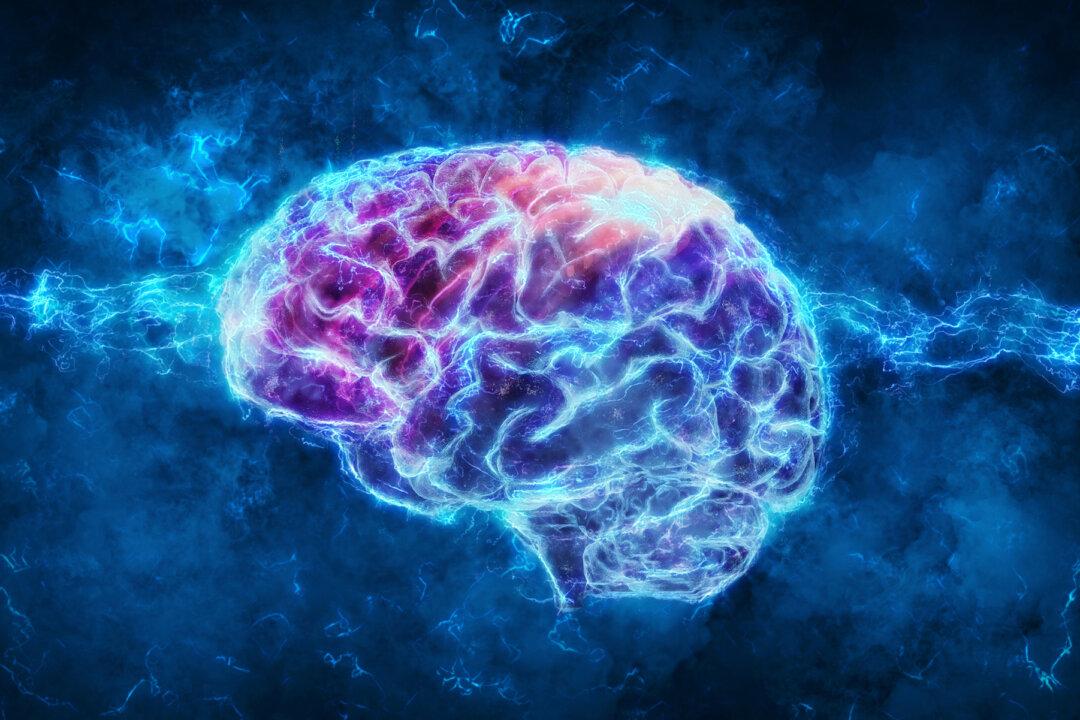Have you ever wished you could regenerate those brain cells you sacrificed in college? Do you fear that your aging brain is in a perpetual state of decline? Medical science is being rewritten to show that we can repair our brain and it’s something anyone can do.
It’s a commonly held misconception that the brain is beyond repair. Even the medical establishment has asserted that once we kill brain cells, they are gone forever. The fact is, the brain can repair itself, and as science is now proving, there is a real benefit to simple practices that can help keep our brains sharp and elastic throughout our lifetime.






